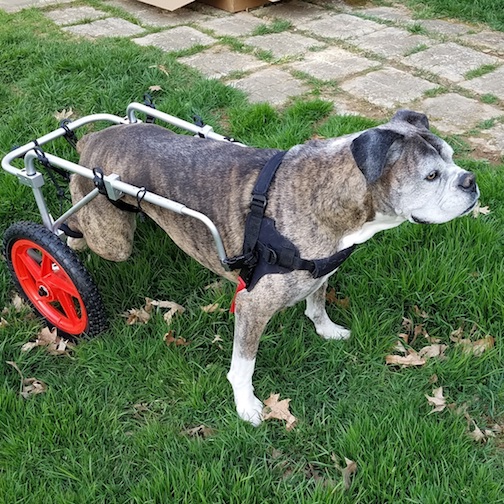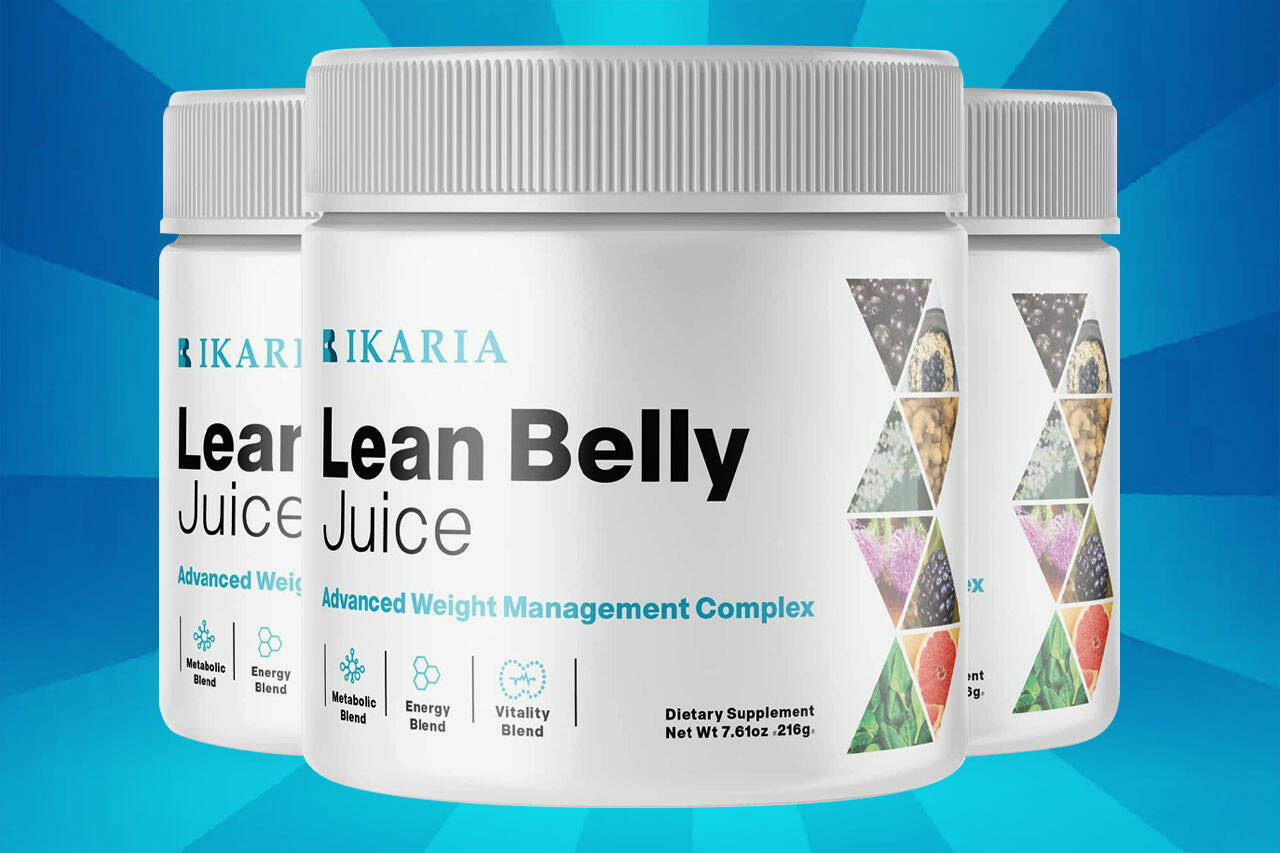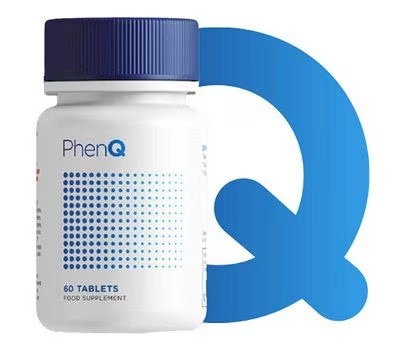
When Disabled Dogs Have To Go Potty
One of the issues you will perhaps encounter with a disabled dog is incontinence. Even with a dog wheelchair, they might be unable to do it outside. Number two is particularly a problem, as the mess can be substantial. If you are someone with a fear of dirt, then you may find the following article tough to take. However, if you want to keep your disabled dog, then you have to pay attention.
The best way to deal with potty problems with a disabled dog is to control the situation. Find out how to express the bowel so your furry friend will do its business under controlled situations. It is the same as stimulating the poop reflex response in babies. However, dogs might bite so it can be challenging.
The Reflex Stimulation
When you express the bowel, it is equivalent to saying, “Time to go!” There are various ways to do this, but it all involves touching and squeezing the dog’s butt hole, so you want latex gloves used by vets. You might also need:
- Baby wipes
- Cool (not cold) water
- Paper towels or old newspapers
- Petroleum jelly
- Squirt bottle
Technique 1:
Small dogs are the easiest to handle. Hold them over the toilet bowl in the crook of your arm with their butt over the water, tail clear of the water. Your dog will probably struggle, so make sure you have them in a firm grip.
When ready, find the butt opening, and with your gloved hand, push gently down on the area around it. If something solid exists there, your dog is ready to go. With your fingers, squeeze the hole shut and let go several times, constantly pulling outward. The poop should come eventually.
Technique 2:
Bigger dogs require a different approach. Put some cool water in a spray bottle. Turn it to stream rather than a spray. Place your dog on a pet wheelchair on newspapers or several paper towels. Lift the tail to find the butt hole and squirt the opening. You should see the anus pucker. Do this a number of times to get it going. You can also use baby wipes to stimulate it. Do it long enough, and you should see results soon enough.
Technique 3:
A simpler technique for large dogs requiring minimal effort is using an ice cube instead of a spray bottle. Do the same as Technique 2, but put the ice cube in the opening instead of spraying it with water. Keep the ice cube there until you feel something coming.

